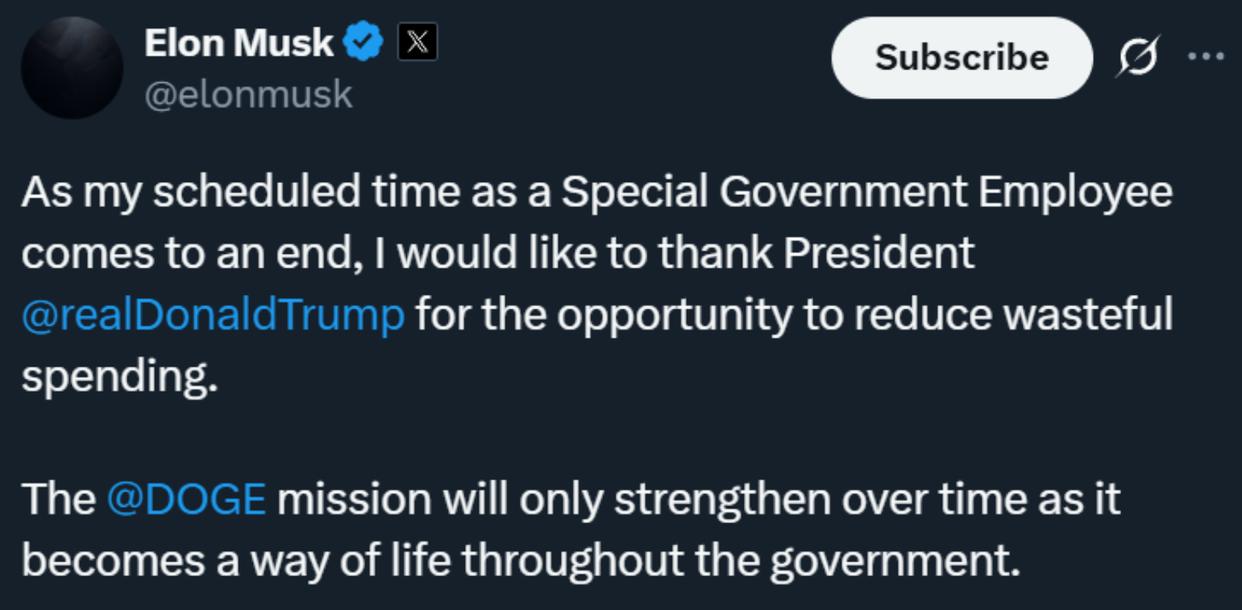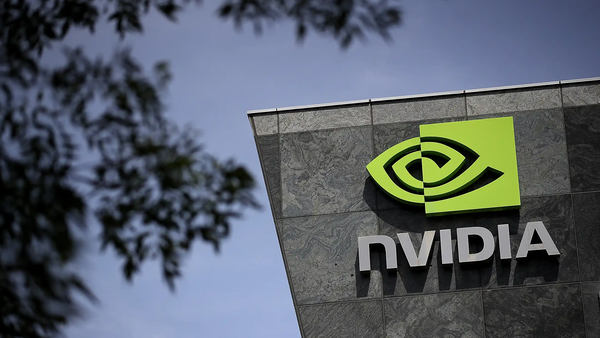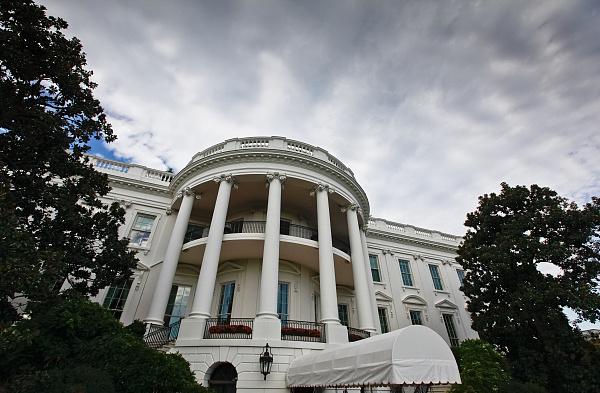
After European Commission President Ursula von der Leyen took the initiative to call and communicate, US President Trump agreed last Sunday (25th) to postpone the threat of a 50% tariff on the EU and resume the negotiation deadline to July 9. This is the first major easing of the cold economic and trade relations between the US and Europe since Trump started his second term in January this year, and it is also regarded by Trump as a “victory”.
According to reports from NBC and Bloomberg, on the 27th local time, Trump posted on his own social media “Truth Social” that his threat to impose a 50% tariff on the EU successfully pushed the other party to speed up negotiations.
He wrote, “I just got the news that the EU has called to set a date for the talks as soon as possible. This is a positive signal. I hope they can eventually open up trade between European countries and the United States. If they do, they will be very happy and will move towards success!!”
This remark also contains a hidden threat. Trump reiterated that if the two sides cannot reach a fair agreement or the United States is subjected to so-called “unfair treatment”, he reserves the right to impose tariffs.
Trump specifically mentioned last week’s tariff threat, saying, “I am quite satisfied with this (tariff plan), after all, the EU is really slow in the negotiations (to put it mildly). The British “Guardian” interpreted that this seemed to be Trump’s “implicit warning” about further tariffs.
Bloomberg reported that Trump did not provide details about the date of the meeting or the negotiation issues he hoped to resolve in the negotiations. The European Commission declined to comment on Trump’s latest remarks.
According to the “Guardian”, citing Brussels sources, EU Trade Commissioner Šefčović will meet with US Trade Representative Greer during the Organization for Economic Cooperation and Development meeting in Paris next Tuesday. Another group of officials is expected to go to Washington for technical consultations in the next few days.
The person also emphasized that the EU’s negotiating strategy has not changed, and its core goal is still to reach an agreement with the United States: both sides will cancel tariffs on industrial products, while increasing purchases of US soybeans, weapons and liquefied natural gas.
Bloomberg’s sources also revealed that the European Commission is focusing its strategy on key industries, as well as tariffs and non-tariff barriers, and hopes to link solutions to regulatory barriers with plans to simplify rules.
In addition, Šefčović is said to lead political negotiations on industries such as steel, aluminum, automobiles, pharmaceuticals, semiconductors and civil aircraft. These negotiations will be conducted simultaneously with technical discussions on tariffs and non-tariff barriers.
Less than two months before the so-called “reciprocal tariff” suspension expires on July 9, the EU-US negotiations are still deadlocked. Last week (21st), in order to promote the progress of the negotiations, the EU submitted a revised trade proposal to the US, which covered a number of contents that took into account the interests of the United States, including mutual reduction of tariffs on many goods, joint response to global challenges, and mutual investment and strategic procurement, but was rejected by the United States and threatened by Trump to raise tariffs.
On the 23rd local time, Trump suddenly issued a statement suggesting that a 50% tariff be imposed on the EU from June 1st.
He also accused the EU of being established mainly to take advantage of the United States, “They set up strong trade barriers, imposed value-added taxes, ridiculous corporate fines, non-monetary trade barriers, currency manipulation, unfair and unreasonable lawsuits against American companies, etc…”
The Financial Times pointed out that Trump’s policy change represented a significant escalation of the long-awaited transatlantic trade war, which shocked European negotiators.
On the day Trump issued the threat, the EU’s Šefčović spoke with US Secretary of Commerce Lutnick and Trade Representative Greer on the phone.
After the call, Šefčović said that the EU was fully involved in trade negotiations with the United States, but was ready to defend its own interests. He wrote on social media that trade between Europe and the United States was “unparalleled”, but it must be guided by mutual respect, not threats.
On the same day, US Treasury Secretary Bessant said in an interview with Fox News that he hoped Trump’s tariff threat would “thoroughly ignite the EU’s sense of urgency.”
In the end, the tense situation eased after a phone call from von der Leyen. The Financial Times said that von der Leyen’s office confirmed that on May 25 local time, she took the initiative to call Trump and said that the EU was ready to “quickly and decisively” advance trade negotiations with the United States, hoping that Trump would return to his original 90-day negotiation period (i.e., the “reciprocal tariff” suspension period).
That night, Trump responded by issuing a statement agreeing to von der Leyen’s request, which immediately led to the rise of the three major U.S. stock indexes. Wall Street opened higher on Tuesday morning, with the S&P 500 up 2%, the Dow Jones Industrial Average up 1.7%, and the Nasdaq Composite up 2.4%.
The Financial Times pointed out that this was the first publicly disclosed call between the leaders of the United States and Europe since Trump took office. The report also believes that von der Leyen’s statement means that the European Commission’s position may shift in the direction of “seeking compromise.”
The above-mentioned person familiar with the matter also told Bloomberg that after Sefcovic spoke with the United States, EU member states were briefed on the discussion on Monday. Some member states urged the EU to prepare countermeasures against the United States in areas such as semiconductors and pharmaceuticals.
These people added that many EU officials and member states still believe that several of Trump’s tariffs may remain in place for a long time and the chances of reaching a good deal remain slim.
Trump’s remarks came as French President Emmanuel Macron, who was visiting Vietnam, warned students of the “consequences of superpower impulsiveness” in a speech, complaining that Trump’s tariff policy “depends on your mood when you wake up.” German Chancellor Merz also made a strong statement that the EU may retaliate against US technology companies if the trade conflict escalates.
According to the Guardian, after Trump’s “U-turn” in his tariff policy towards Europe, Brussels is urgently sorting out the scale of Europe’s direct investment in the United States and asking major European companies and CEOs to detail their investment plans in the United States.
People familiar with the matter revealed that members of the European Business Federation (Business Europe), which consists of 42 European business associations, received a questionnaire from the European Commission on Monday, asking them to provide information on upcoming investments in the United States, and noted “reply as soon as possible.”
A similar notice was sent to the European Industrial Roundtable, which includes 59 CEOs and executives of leading European companies such as chip equipment manufacturer ASML, chemical giant BASF, international software supplier SAP, BMW and Mercedes-Benz. They were asked to provide their companies’ investment plans for the next five years. The notice specifically noted that the request was made by von der Leyen herself.
The report said that the overall data of the EU investment plan may become a key bargaining chip in the game with Washington.
“Looking ahead, the trade dance between the EU and the United States is like a high-risk tango, and July 9 will be the next flashpoint.” Naeem Aslam, CEO of London investment firm Zaye Capital Markets, said that companies should “fasten their seat belts.”
“This game is far from over.” He added.







